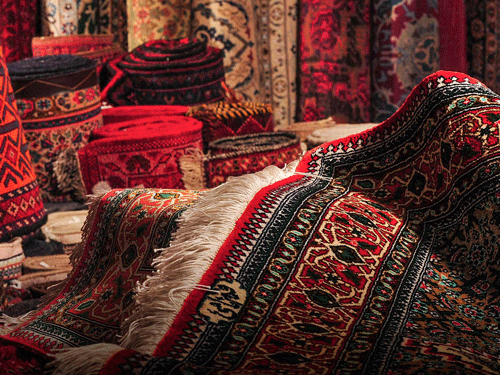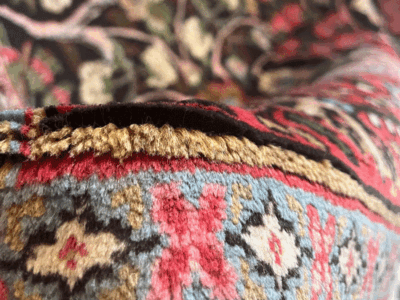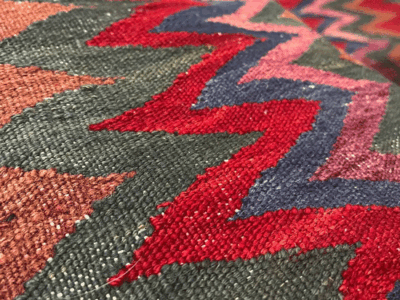Understanding the Difference Between Rugs and Kilims

When it comes to home decoration, floor coverings define a room’s character and aesthetics. Rugs and kilims are popular choices but fundamentally different. They share commonalities like looms and materials but differ in construction, texture, and usage.
The Intricacies of Rug Weaving
Rugs are synonymous with comfort and luxury due to their pile. The pile is formed from tiny threads, or knots, tied around the foundation. This weaving technique creates a plush, dense feel underfoot. The knots add texture and depth, making rugs ideal for comfort-focused spaces.
Rugs are woven on a loom like kilims, but their intricate knots make the process time-consuming. The pile’s density and design complexity affect weaving time. Despite this, the result is a thick, warm, luxurious textile piece.
The Simplicity and Versatility of Kilims
Kilims, or tapestry-woven carpets, lack a pile. Their flat-weave design is achieved by interweaving warp and weft strands in a continuous pattern. This technique results in a flat, lightweight, and flexible texture, suitable for various uses beyond floor coverings.
Kilims’ absence of pile impacts their texture and production time. Weaving kilims is generally faster than weaving rugs. Their lightweight, flexible nature makes kilims ideal for items needing wrapping or hanging, like saddle bags or wall decorations. Despite their simplicity, kilims offer diverse patterns, colors, and cultural motifs, making them versatile decorative pieces.
Conclusion
In conclusion, rugs and kilims differ in weaving technique, texture, and functionality. Rugs, with their plush pile, offer comfort and warmth, perfect for cozy atmospheres. Kilims, with their flat-weave and lightweight design, offer versatility and ease of use. Both can add unique character and charm to your interior decor.
To learn more about Rugs you can check this link



